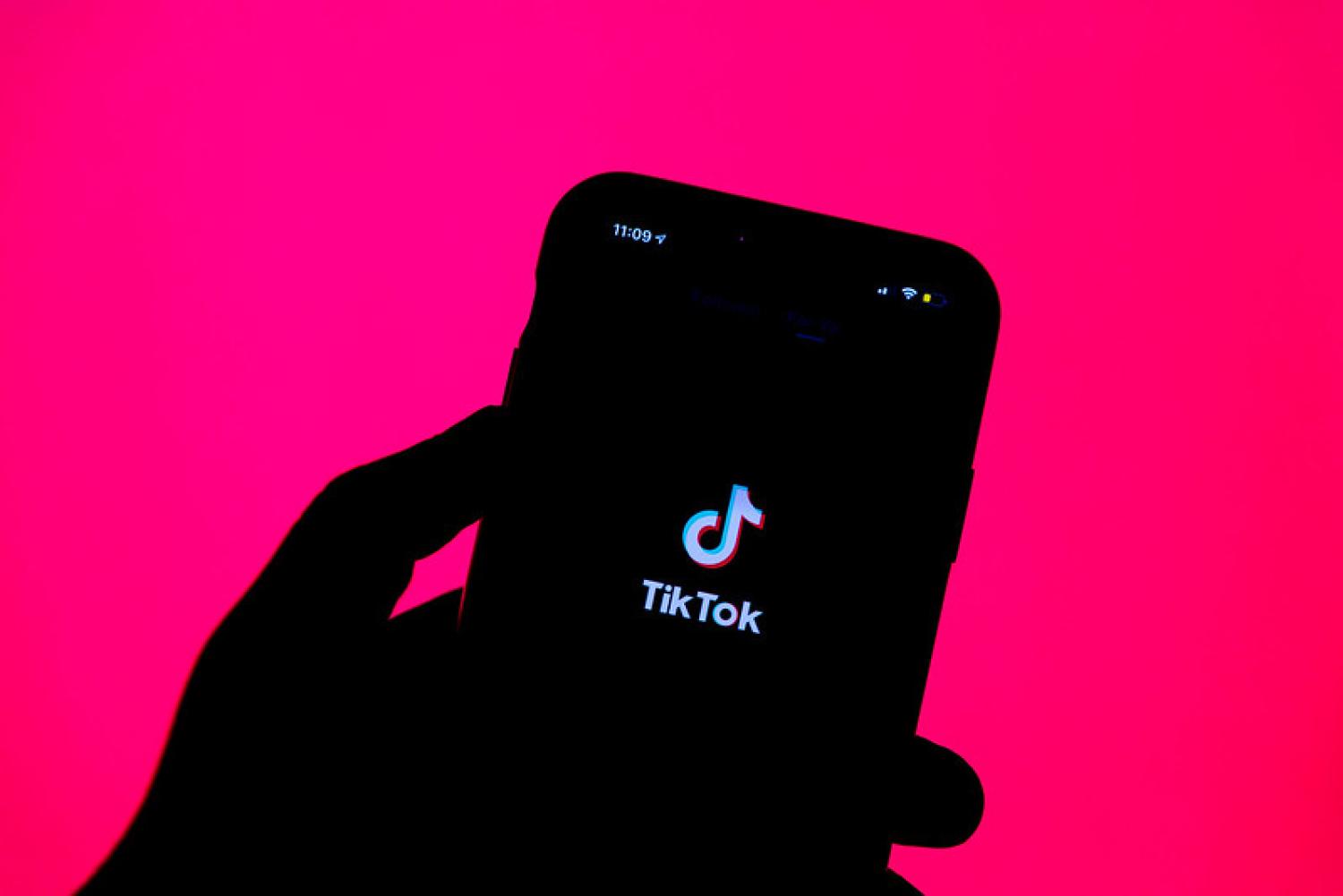Southeast Asia is being transformed by the rapid growth of e-commerce. Citizens have embraced online shopping with open arms and clicking fingers. A recent study projects the region’s e-commerce market could reach $295 billion by 2025. E-commerce continues to drive growth and development as economies are reimagined – one click and one delivery at a time.
But the Indonesian government has shown its regulatory teeth, challenging the rise of one e-commerce giant.
A particularly extraordinary development in Southeast Asia is the emergence of SuperApps. These integrated digital solutions, like all-in-one digital Swiss army knives, have taken the region by storm, becoming indispensable to hundreds of millions of users. For instance, the Gojek and Grab ride-hailing apps have evolved into multi-faceted SuperApps providing everything from food and grocery deliveries to paying bills and booking tickets, all without ever leaving the app.
SuperApps intertwined with social media possess an especially unique potency, characterised by unparalleled influence from user networks, viral content, and addictive engagement – a concoction nearly impossible for competitors to replicate.
While social media platforms such as X (previously Twitter) and Meta (which includes Facebook, Instagram and WhatsApp) have established their presence and are contemplating e-commerce ventures, TikTok, the Chinese social media giant, is pioneering this integration. Widely known for its short-form videos, the app has become the leading platform for individuals to express themselves creatively. The entertaining videos mesh well with mobile-first internet habits in the region. Users are flocking to TikTok for easy entertainment on the go. The algorithms are scarily effective at profile building and content distribution. The app can ascertain users’ interests and bombard them with tailored videos – an engaging experience that keeps them returning.
While TikTok’s short-form videos and viral dance trends may seem frivolous to some, a closer examination uncovers the strategic approach to seamlessly integrating social media and e-commerce.
With its in-app shopping feature, TikTok Shop, the addictive social media app has become a seamless one-stop destination for impulse buying. Sellers can add “shop” links to their videos, allowing potential buyers to browse and purchase the featured products with just a few clicks. The live stream feature lets sellers showcase their products in real-time, providing a detailed view. If buyers have inquiries, they can ask the seller in the live chat and receive an immediate response. TikTok Shop has revolutionised online shopping by combining social interaction and commerce in one app. Merging advertising, selling, payments, and delivery provides users with a seamless experience where they can discover products and make purchases without ever leaving the app.
The power of this transformative approach is undeniable, evident in TikTok Shop's remarkable sales figures in Southeast Asia – generating $4.4 billion last year and with experts predicting this to triple next year. The app has emerged as a formidable disruptor. It represents a shift in how users perceive and engage in online shopping – melding social connection, entertainment and commerce at the consumer level. This shift signifies a change, challenging the status quo and posing a considerable threat to established e-commerce giants.
Amazon's pursuit of live and social shopping has hit a snag. The approach grapples with challenges from its core feature – the omnipresent search bar. The platform’s forte is catering to consumers who clearly know what they want. It is designed for those already set on a purchase rather than capturing users’ attention and exploring new possibilities. TikTok’s triumph rests on its finely tuned recommendation algorithm – amplifying users’ interests. It doesn’t merely cater to what users know they want; it presents them with what they didn’t know they desire.
TikTok Shop in Indonesia stands as a testament to innovation and the challenges this poses to incumbents and governments.
Initially designated as a pilot project country, Indonesia swiftly transformed into a thriving market for TikTok Shop, gathering 6 million sellers and 7 million creators in just two years. What started as a social media platform for creative expression has transformed into a promising e-commerce platform.
However, the government has banned TikTok Shop and prohibited e-commerce transactions on social media platforms. This decision reflected Indonesia’s desire to safeguard its market and users, reflecting concerns about fair competition, data security, and TikTok’s potential dominance of the e-commerce space at the expense of local incumbents.
Following the ban, sellers can no longer sell on the TikTok app. Nevertheless, they can still advertise their products through live streaming on the app. As a bridging solution, sellers provide links to other e-commerce platforms where buyers can purchase and complete the transactions.
TikTok Shop is available in Malaysia, the Philippines, Singapore, Thailand, the United Kingdom, the United States, and Vietnam. The prohibition of TikTok Shop in Indonesia has attracted attention among neighbours. These countries are watching closely as they contemplate whether to follow suit or adopt a different approach.
There are several options for TikTok Shop in Indonesia. The first is establishing an independent e-commerce platform, ensuring full compliance with regulations and allowing the platform to operate within the legal framework set by Indonesian authorities. A second option is exploring collaboration opportunities with established e-commerce platforms, leveraging expertise, infrastructure, and user base. A third option entails persistently seeking regulatory approval, which would necessitate full transparency from the company, including on the algorithms it applies.
Image courtesy of Flickr user Solen Fayissa


